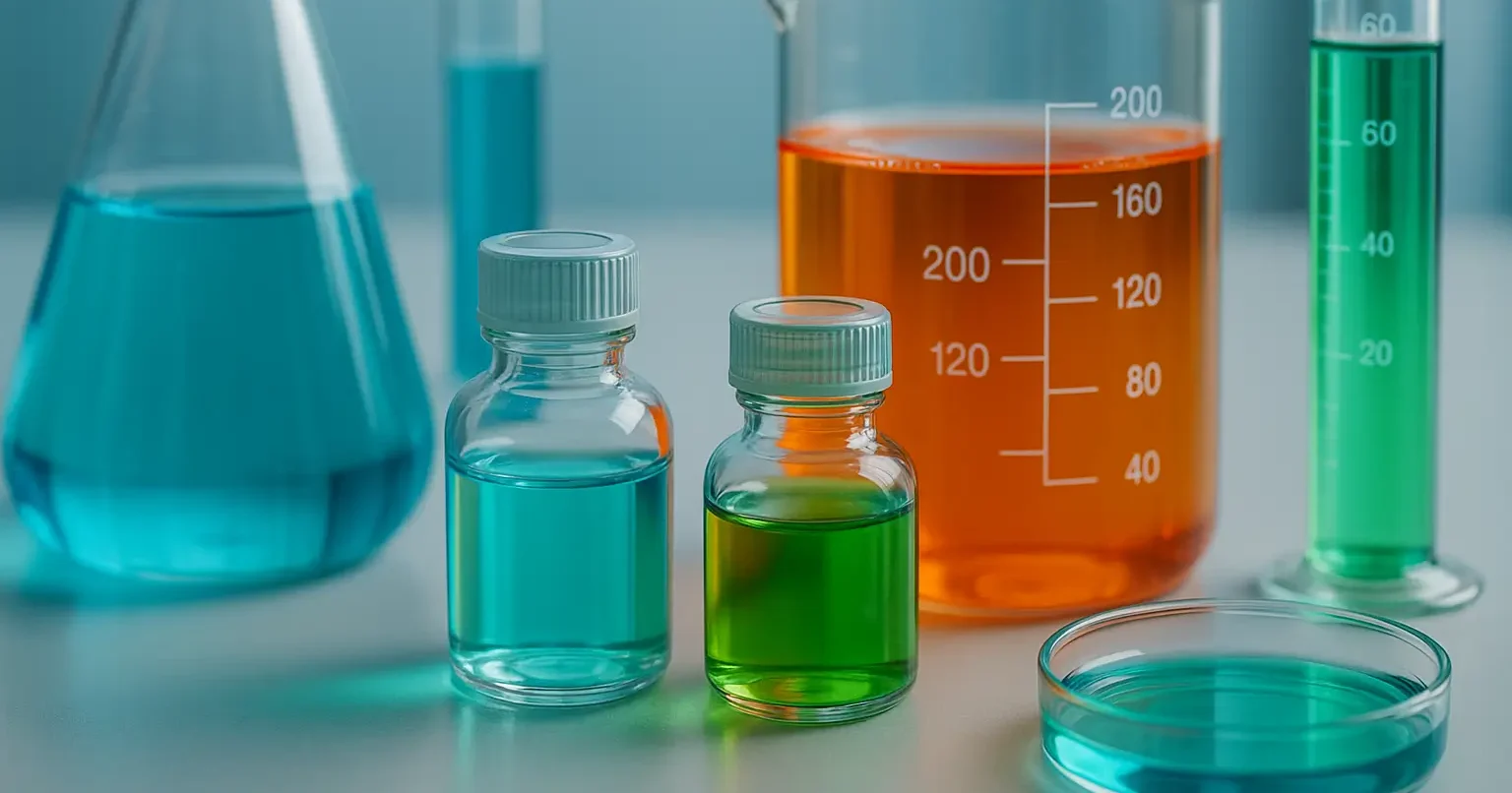- Buffers are integral to maintaining proper function and stability in both pharmaceuticals and biological systems.
Pharmaceutical Buffers
-
Purpose:
- Stability: Many drugs are pH-sensitive; buffers maintain pH to prevent degradation.
- Solubility: The solubility of active ingredients can depend on pH.
- Efficacy and Safety: Proper pH ensures optimal drug action and minimizes irritation.
-
Applications:
- Injectable Preparations: Must match physiological pH to avoid tissue damage.
- Ophthalmic Solutions: Buffered to match the pH of tears (~7.4) for comfort.
- Oral Medications: Buffers protect active ingredients from stomach acid or aid absorption.
-
Common Buffer Systems:
- Citrate Buffers: Used for a pH range of 3.0–6.2.
- Phosphate Buffers: Effective between pH 5.8–8.0.
- Acetate Buffers: Used in the pH range of 3.6–5.6.
Biological Buffers
-
Role in Physiology:
- Homeostasis: Buffers maintain constant pH in bodily fluids, crucial for life.
- Enzyme Activity: Enzymes have optimal pH ranges; buffers ensure these conditions.
- Metabolic Processes: pH affects metabolic pathways and energy production.
-
Major Biological Buffer Systems:
-
Bicarbonate Buffer System
- Predominant in blood plasma.
- Regulates pH through respiratory (CO₂ exhalation) and renal (bicarbonate excretion) mechanisms.
-
Phosphate Buffer System
- Active in intracellular fluids and kidneys.
- Important in urine pH regulation.
-
Protein Buffers:
- Amino acids and proteins act as buffers due to their functional groups.
- Hemoglobin in red blood cells buffers pH during oxygen and carbon dioxide transport.
-
Here’s a small table summarizing body fluids, their pH values, and their buffer systems:
| Body Fluid | pH Value | Buffer System |
| Blood Plasma | 7.35 – 7.45 | Bicarbonate (HCO₃⁻/H₂CO₃) |
| Intracellular Fluid | ~7.0 | Phosphate (H₂PO₄⁻/HPO₄²⁻) |
| Cerebrospinal Fluid | 7.4 | Bicarbonate (HCO₃⁻/H₂CO₃) |
| Gastric Fluid | 1.5 – 3.5 | None (strong hydrochloric acid) |
| Urine | 4.5 – 8.0 | Phosphate and ammonia systems |
This table highlights key buffer systems that help maintain pH stability in different body fluids.
Click Here to Watch the Best Pharma Videos

